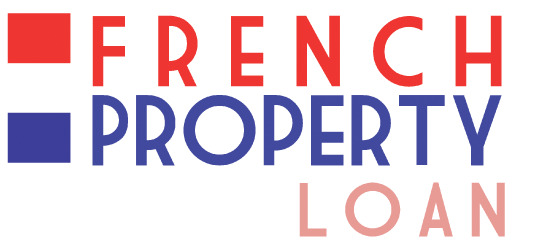Giving It a Facelift
Volume XIX, Issue 2

The French word “ravalement” means facelift. But, not the kind of facelift you might think of associated with a plastic surgeon or a route to looking younger. This kind of facelift is the refurbishing of a building—the work on the masonry to resurface it to look good as new. It’s more than just a cleaning. This type of renovation operation is also used to treat and repair the facade in order to maintain a lasting surface of the building as well as provide good thermal insulation and waterproof the exterior. Many companies specialize in this work, and must be certified in France in order to perform their services.
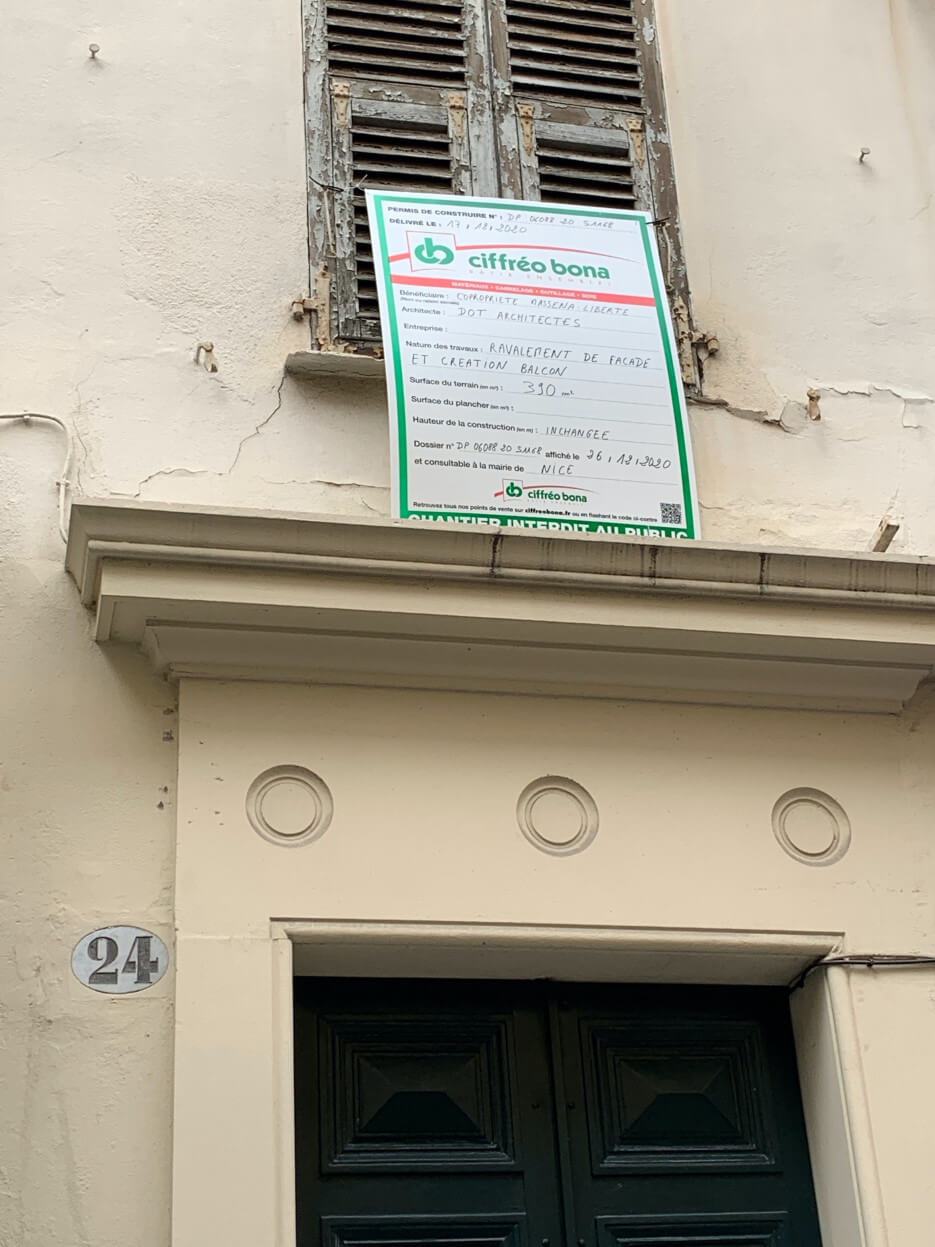
A notice of ravalement
The Articles L132-1 to L132-5 of the French Code of Construction and Housing require the owner(s) of a building to keep the front of the property in good clean condition. However, there is no time limit for carrying out a facelift, except in certain municipalities where it is mandatory every 10 years. Each municipality applies this text according to its own interpretation, but if the property doesn’t undergo the facelift once the mayor has issued an injunction, the fine could be as much as 3,750€.
This is one of those cases I often joke about: “There is the law and then there is the reality.” If the building still looks to be in good condition after 10 years, then it could be forgotten for a while. But once the mayor has his/her say, it’ll be time to pay the price…and the resurfacing of the buildings doesn’t come cheap.
When we’re reviewing properties for our clients to purchase, some of the primary questions we have are “when was the last ‘ravalement'” or “when is the next ‘ravalement’ proposed” and “who voted for it?” By French law, the owner of the property who has voted on the budget to do the work takes responsibility for the payment. Therefore, if you’re purchasing in a building that was recently “ravalé,” you’re in luck because the seller has already paid for the work. If the ravalement is scheduled and the budget already voted upon, you’re in luck again because the seller will have taken that burden. But, if the homeowner association has voted to do the work, but not voted on a particular budget, then you’re the one who will pay. Often, the work is paid for by making assessment over time. In that case, it’s possible the buyer must take on the future scheduled payments.
This is the case for clients of ours purchasing a property in Vieux Nice. They agreed to take on the subsequent installments from the seller. Regardless, the buyer will benefit from the building being in tip-top condition for at least the next 10 years. Their building is already undergoing the work, but now they are choosing the new color to paint it. They are stateside, so our staff took photos of the possible color choices that have been painted above the door of the building for the owners to view and choose. The choices of colors in Nice are very different from those in Paris—pastels in Nice compared to what would be offered as smoky shades in Paris, such as gray, beige or “greige.”
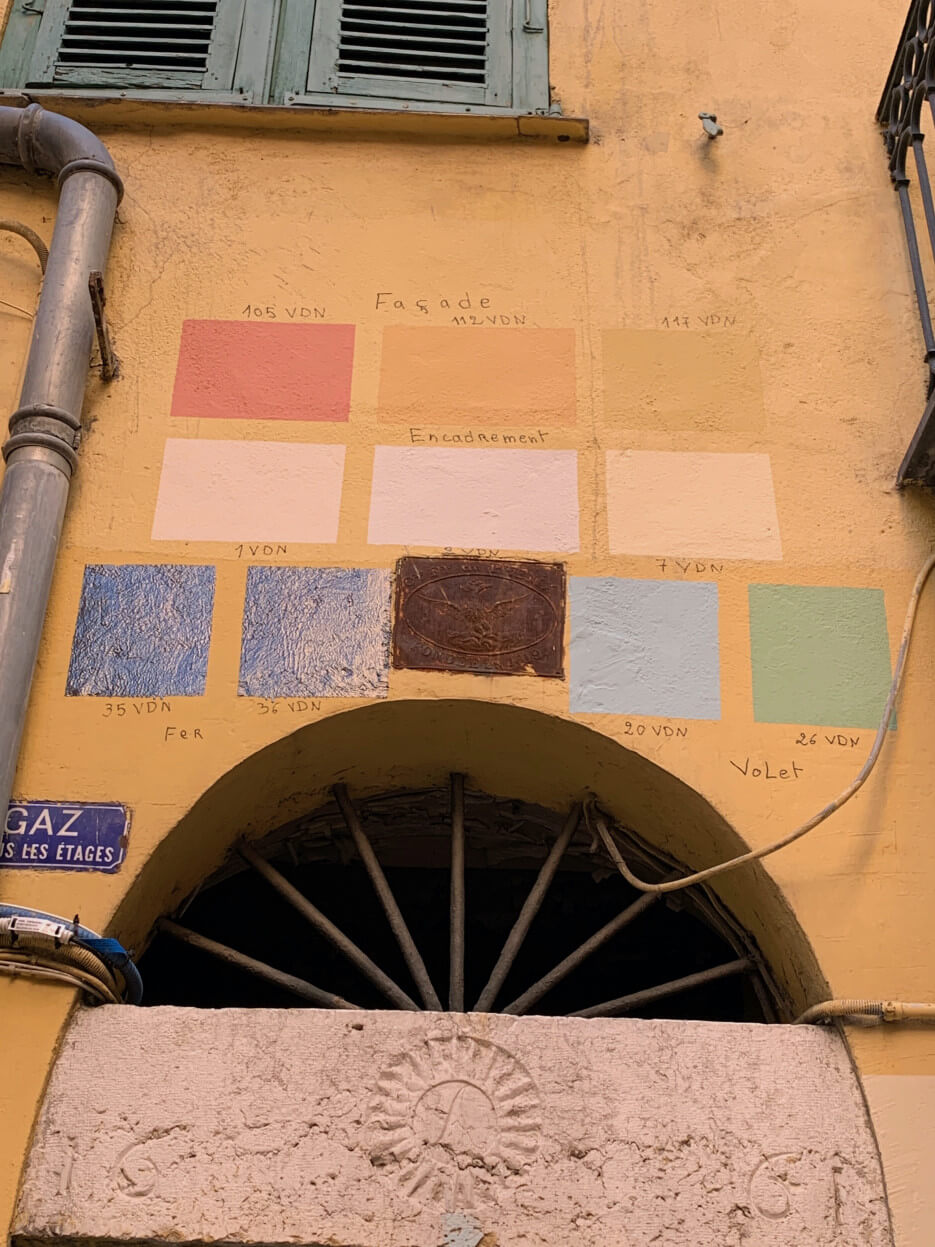
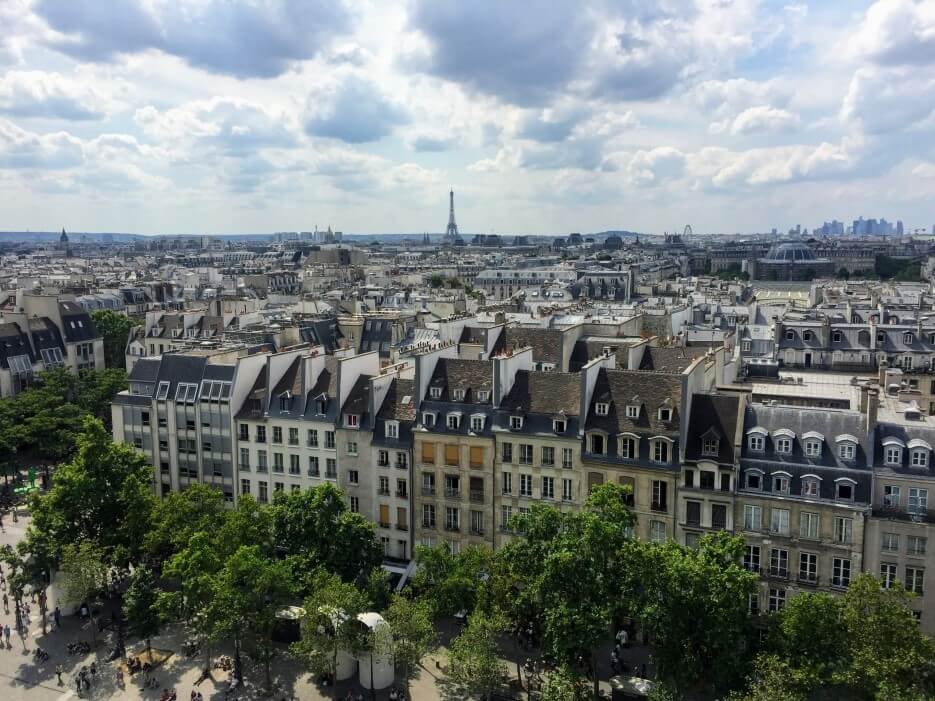
Bland colors of buildings in Paris
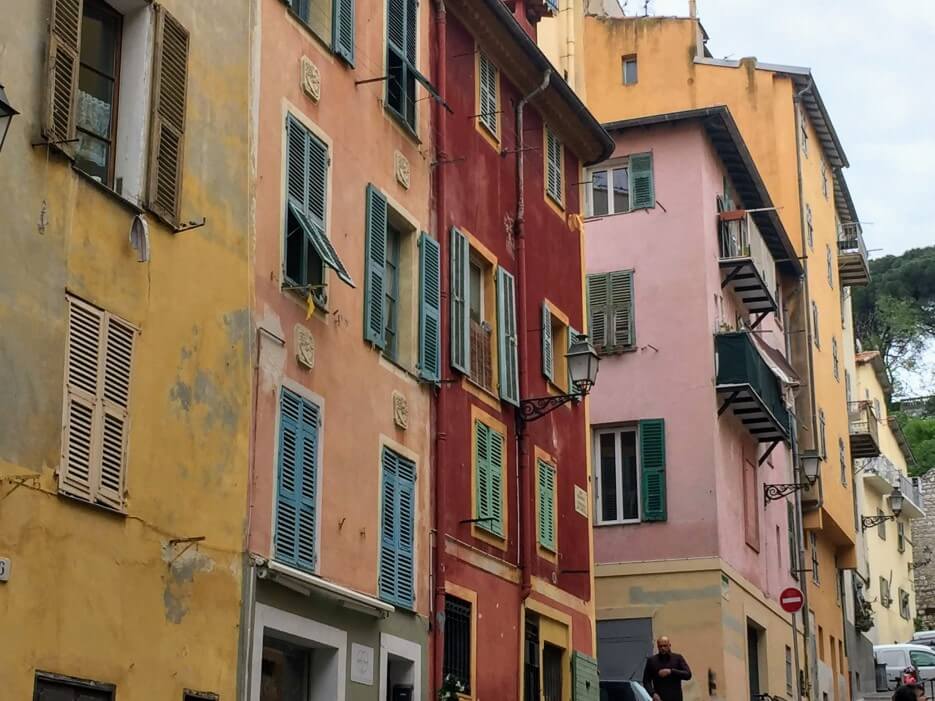
Colorful pastels of buildings in Nice
My building in Nice will be undergoing a ravalement very soon, too, by order of the mayor. It hasn’t been resurfaced in about 30 years or more, so it’s definitely about time! Part of the reason for the ravalement was the instability of my neighbor’s balcony on the second floor, below me—a long one that has access from three doors. My much smaller one-door balcony seems to be fine, but theirs is due for better support. The neighbors above me on the 4th floor took advantage of this opportunity to ask permission to add a balcony to their level, as they have none. This requires permission of the city, the Association Nationale des Architectes des Bâtiments de France (ANABF) and our “copropriété” (homeowner association). An architect drew up the plans for review so that their balcony would look exactly like the one below mine to expand over three doors.
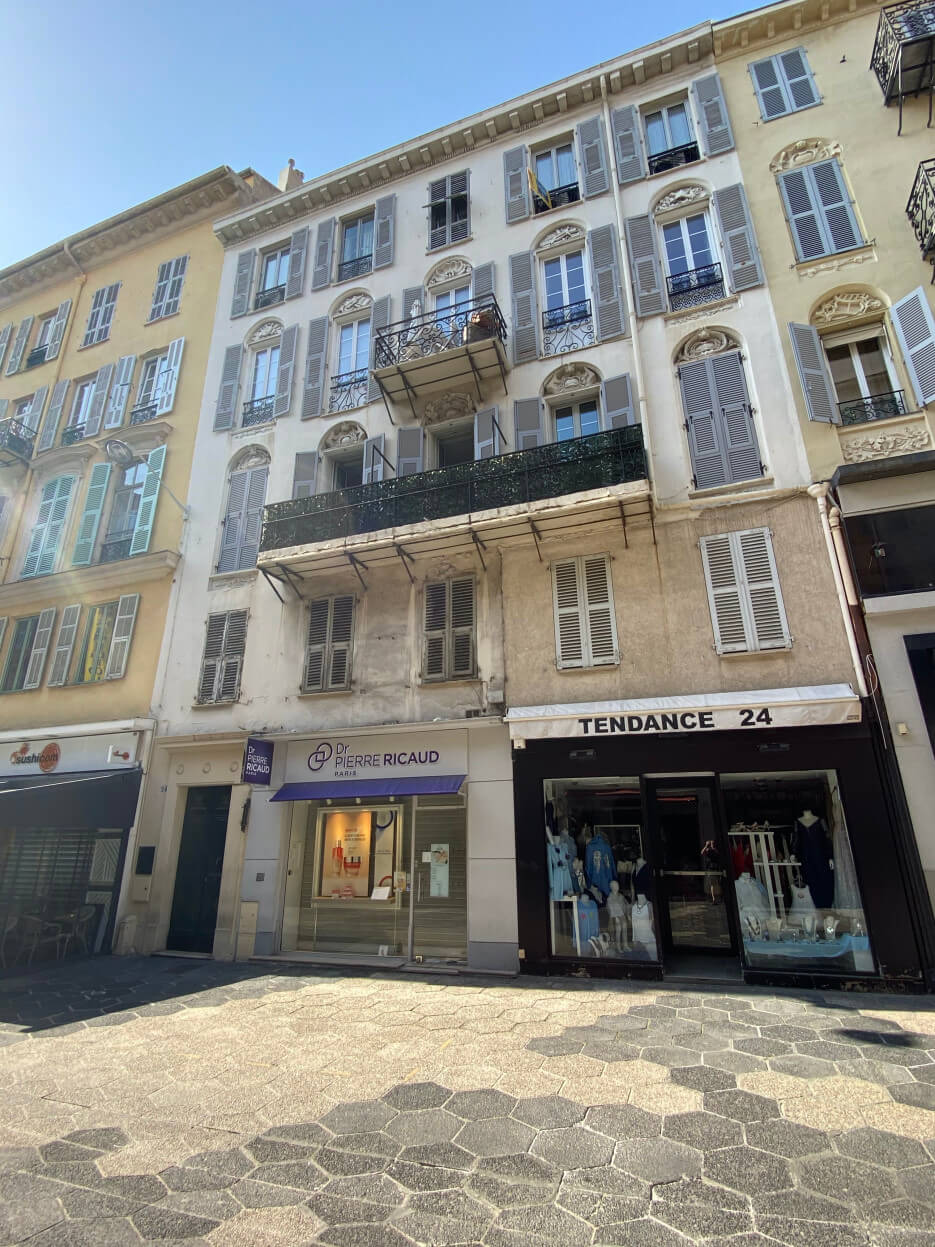
The facade of Adrian’s building
When I saw the drawings at our last assembly, I immediately whined, “I want one, too!” In my case, changing the balcony to expand over three doors would extend my balcony to have access from two doors and add a small one-door balcony to my neighbor’s adjacent to mine. The building manager agreed to represent us by having new drawings done to include a triple balcony on all three levels, making the building look symmetrical and balanced—surely the city and the ANABF will not disagree and we’ll have our expanded outdoor spaces!
The cost to add the balcony is estimated at about 10,000€—well worth it when you consider the value of having outdoor space in Nice. The cost of the total ravalement of our small building is well over 40,000€…so you see, this work doesn’t come cheap. My share is being paid over the course of 90 days based on my “tantièmes”—or thousandths of the co-ownership—the proportion of my property space compared to the total. Any co-ownership building is divided into a certain number of lots. Each lot includes a private part and a share of the common parts. This share is expressed in tantièmes—the share of the co-ownership owned by each of the co-owners. The determination of this share then determines the distribution of the payment of the charges relating to the common areas between the various co-owners.
When the ravalement takes place, the first thing that will happen is the installation of scaffolding (or “échafaudage”). It will be erected so that the workers can reach all parts of the surface of the building. The work is likely to take months. It’s not going to be “fun”—living within a framework, possibly not having access to the balcony, dealing with the dust, etc., etc., but we have no choice according to the city officials.
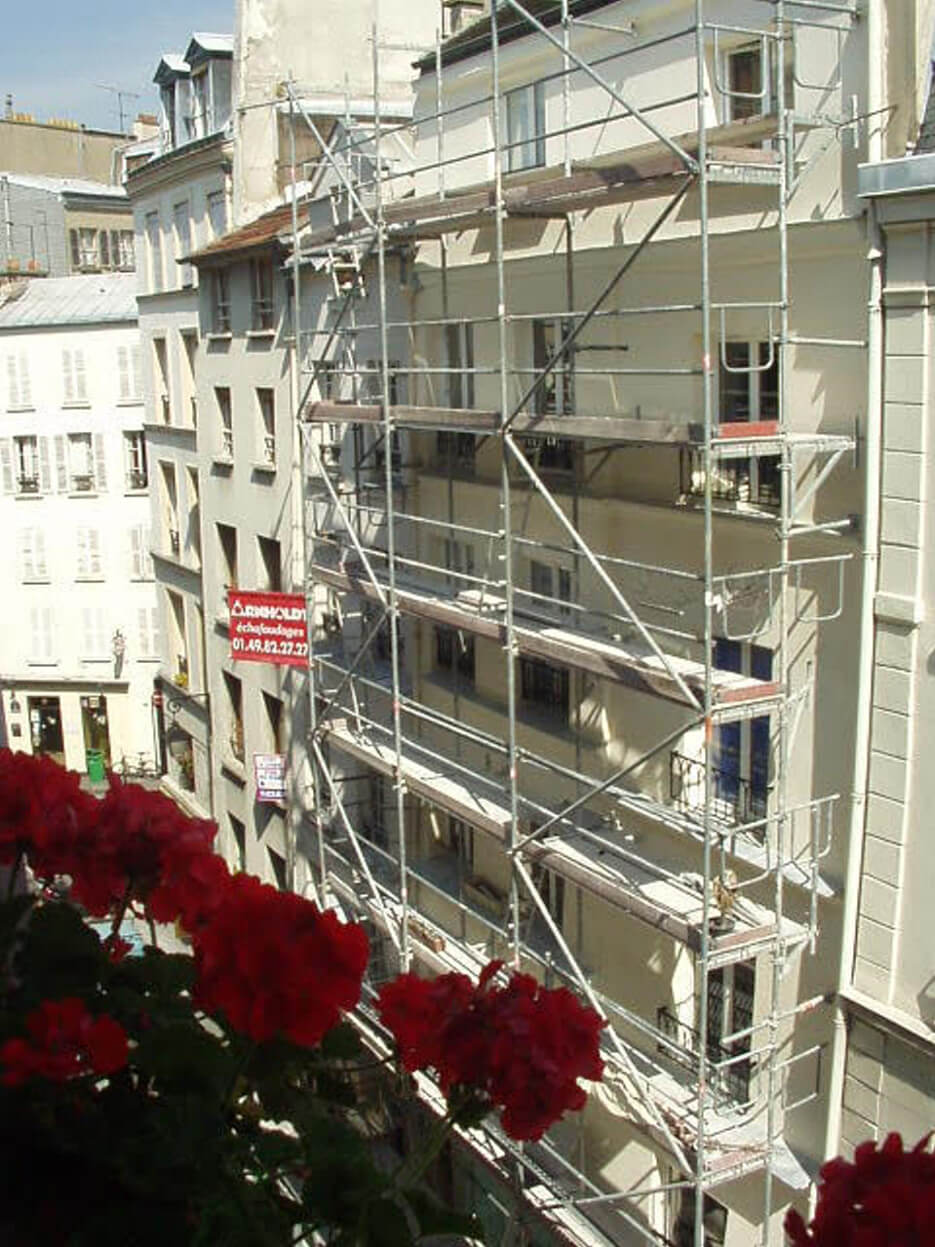
Scaffolding on a building facade in Paris
And when all is said and done…and paid for…we’ll be awfully proud of our newly facelifted property and the added value that brings.
A bientôt
 Adrian Leeds
Adrian Leeds
The Adrian Leeds Group
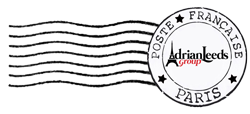
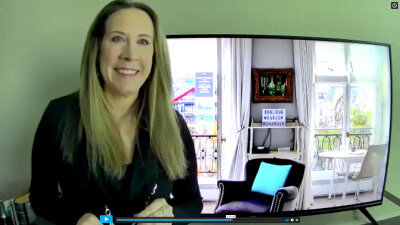 P.S. If you weren’t able to participate in Wednesday’s Après-Midi with Eileen Callahan, it’s not too late! You can watch the entire two-hour Zoom meeting by clicking here.
P.S. If you weren’t able to participate in Wednesday’s Après-Midi with Eileen Callahan, it’s not too late! You can watch the entire two-hour Zoom meeting by clicking here.
To read more, click the links below.



